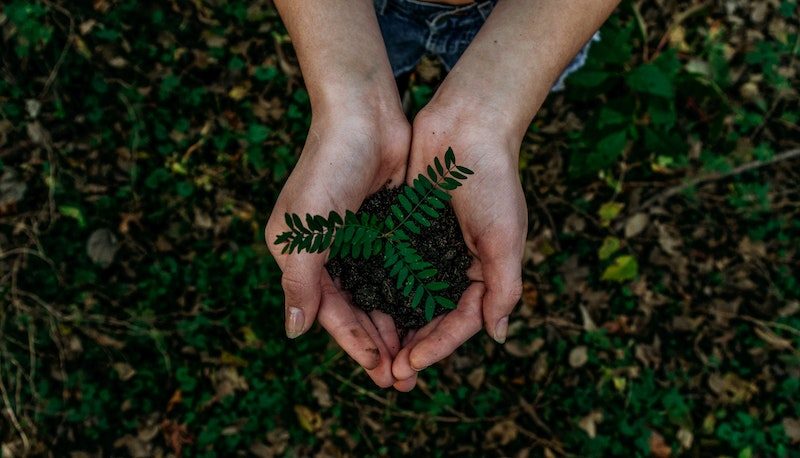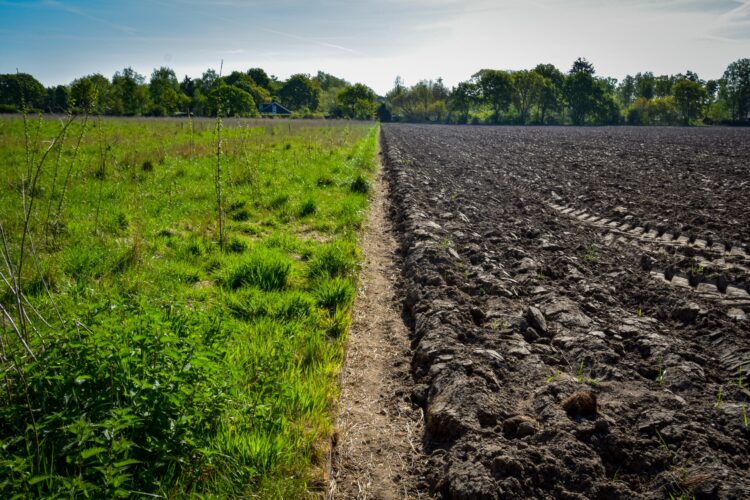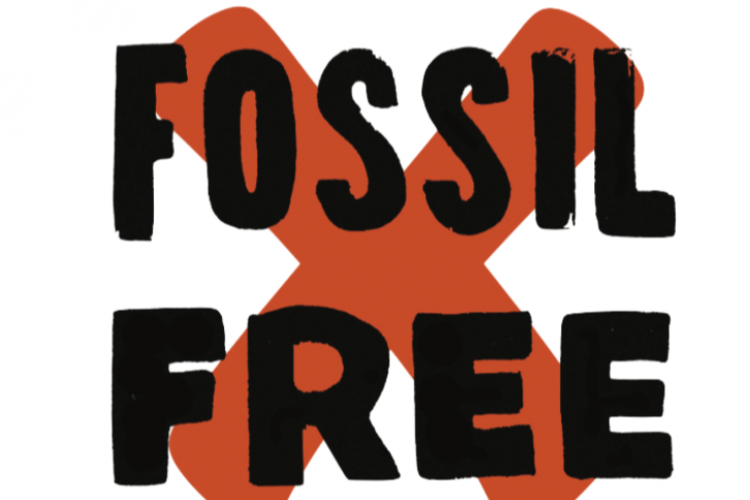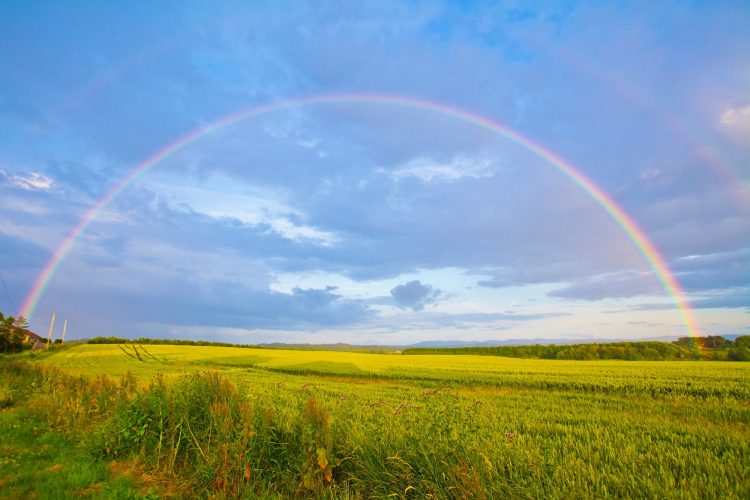Soil: Begin with the Beginning

Share this Article
This article is part of our Pamphlet for Sharing Series
By Tom Small
It begins with the land. And the land begins from the soil. Soil that lives.
The soil is the great connector of lives, the source and destination of all. It is the healer and restorer and resurrector, by which disease passes into health, age into youth, death into life. Without proper care for it we can have no life.
—Wendell Berry, The Unsettling of America
Soil: Begin with the Beginning
Living, breathing soil is more than dirt, and more than just earth. She embraces all the elements: space, air, water, earth, and fire. She comprehends multitudes.
Living soil builds, slowly, a complex structure, half air and water, with ample space for movement and breath, the slow fire of life. Within a handful of living soil, there are more living creatures than all the human beings who ever lived. Most of them are invisible to the eye, most of them as mysterious as they were 500 years ago when Leonardo da Vinci remarked that we know more about the heavens above than we do about the soil under our feet. Together, these creatures of the soil form vast, intricate networks of exchange and communication, whereby they sustain themselves, one another, and us. They are our elders, both kin and “significant others.”
How is it, then, that we human beings have come to treat soil and her creatures as little more than “dirt under our feet”? How has it come to be that the soil is dying and soon, within a few decades, will no longer be able to sustain us?
Soil is on Life Support
As a species, we have failed to recognize and respect soil as a living being, an organic community of living organisms who, together, comprise a wildness that is “the preservation of the world.” Instead, we have treated soil as a “resource,” to be colonized, downtrodden, exploited.
On our farm fields, in our cities, the soil is ill. She’s an invalid, subsisting on ruinously expensive life support systems. So, dependent as we are on the soil, our own health and well-being decline correspondingly. And yet, as the priest- poet Gerard Manley Hopkins, tells us, “there lives the dearest freshness deep down things.” It survives, and we can revive it. It waits, within easy reach, under foot, the moment we venture out of our protective shells.
How shall we then restore health, fullness of being, integrity—to the soil, and to ourselves?
Steps to Recovery
The first step is to realize that living soil is a self-regulating, self-sustaining system of interdependent organisms. The next step is to understand how best to cooperate and work with nature so that both soil and self may thrive.
Industrial agriculture works against nature, suppressing the native life of the soil, medicating with herbicides and pesticides, and utilizing monstrous machines to force more and more production from the victim, who continues to waste away, as if under a curse. “For what,” asks Robert Frost, “is more accursed Than an impoverished soil pale and metallic?” As the soil, so the people who live from her produce: nutritionally ”impoverished, pale, metallic.”
Nature, in contrast, provides, and is, her own medicine. She observes, faithfully, what Sir Albert Howard, in his seminal book, The Soil and Health, called the “law of return.” As she returns back to the soil organisms as much as they have given, and more, she regenerates herself. And us, her children.
Regenerative agriculture takes that law, that process, as its model. Robert Frost, speaking before the national political party conventions in 1932, summed up the process poetically:
Build soil. Turn the farm in upon itself
Until it can contain itself no more,
But sweating-full, drips wine and oil a little.
In that last line, he suggests that the consequent overflow is full-bodied, transformative, and (a little) sacramental.
Land redemption is the foundation of community redemption.
—Jim Corbett, Leadings (1995)
We Belong to the Land
To regenerate a sense of the sacred requires yet another kind of return: to a mostly lost, forgotten way of relating to the elements— the way of the Lakota and indigenous peoples in all lands, for whom all things are imbued with life and spirit. Mitakuye oyasin. All our relations. We are one. We begin from and belong to the land. We begin from the soil of our human ancestors and our non-human elders who gave of themselves to “build soil.”
So how shall we, the present generation— most of us uprooted from the land, no longer indigenous—begin?
The way we eat represents our most profound engagement with the natural world —Michael Pollan
- If you farm or grow some portion of your own food, practice regenerative agriculture. Build soil.
- Buy local food, from farmers who practice organic and regenerative agriculture and from marketers who care where your food comes from—such as food co-ops.
- Eat in season, to show respect for natural, cyclical processes of germination, growth, ripening, and return.
- Also show respect and gratitude by not wasting food.
- Use no pesticides or artificial fertilizers, which suppress soil organisms and disrupt the dynamic balance of soil communities.
- If you have a yard, replace turf grass with healthy food for your family and for sharing with all your relations: the creatures of soil and air. Remember: insects and the birds who depend on them are in grave danger. And both of them depend on the native plants with whom they evolved.
- Walk lightly on the earth. Especially, avoid compacting the soil or tilling it, which destroys soil structure and disrupts the vast networks of fungi which protect and nourish.
- Lobby your Congressional representatives and local officials for legislation supporting regenerative farming, such as Sen. Cory Booker’s Farm System Reform Act or aspects of the Green New Deal.
- Live deep in the soil of your spirit until, like a seed, it is time for you to come forth.
Throughout the land that you hold, you shall provide for the redemption of the land. -Leviticus 25:24
Even though most of us may be uprooted, we can still put roots down. Let plants lead the way: Indian corn and native plants, with their deep roots, bring space, air, water, and energy down to the subsoil and up into the light. As above, so below. Let it be so.
If this has set you to thinking, follow Robert Frost’s advice. Turn it under, whether on your farm, in your back yard, or in your mind. Turn your thought under, “And the thought from that thought,” until your ”run-out farm,” your “run- out social mind” or your run-out social yard has reached its very own fullness of being. When it can “contain itself no more” and “drips (a little) wine and oil,” it will provide a true sacrament, a sacred home land, and a healing of the spirit.
Resources
- Berry, Wendell 1978. The Unsettling of America: Culture and Agriculture. New York NY: Avon Books.
Cummins, Ronnie, 2020. Grassroots Rising: A Call to Action on Climate, Farming, Food, and a Green New Deal. White River Junction VT: Chelsea Green Publishing. - Frost, Robert, 1932 “Build Soil—A Political Pastoral”.
- Montgomery, David R., 2017. Growing a Revolution: Bringing Our Soil Back to Life. New York NY: W.W. Norton & Company.
- Nardi, James, 2007. Life in the Soil: A Guide for Naturalists and Gardeners. Chicago IL: University of Chicago Press.
- Ohlson, Kristin, 2014. The Soil Will Save Us. New York NY: Rodale Books-Penguin Books
Organic Consumers Association <organicconsumers.org>. - Regeneration International < regenerationinternational.org>.
- Shiva, Vandana, 2008. Soil Not Oil: Environmental Justice in an Age of Climate Crisis. New York NY: Penguin Random House.


